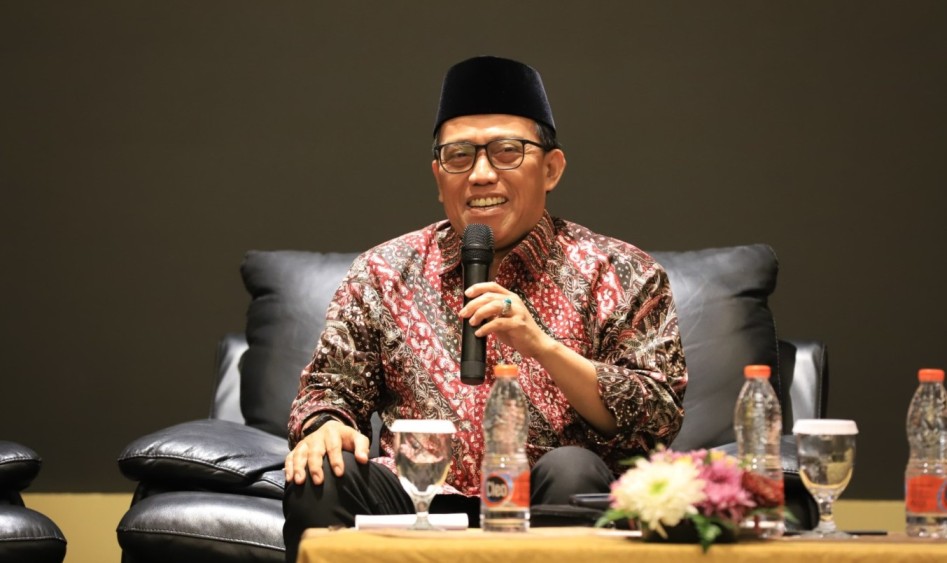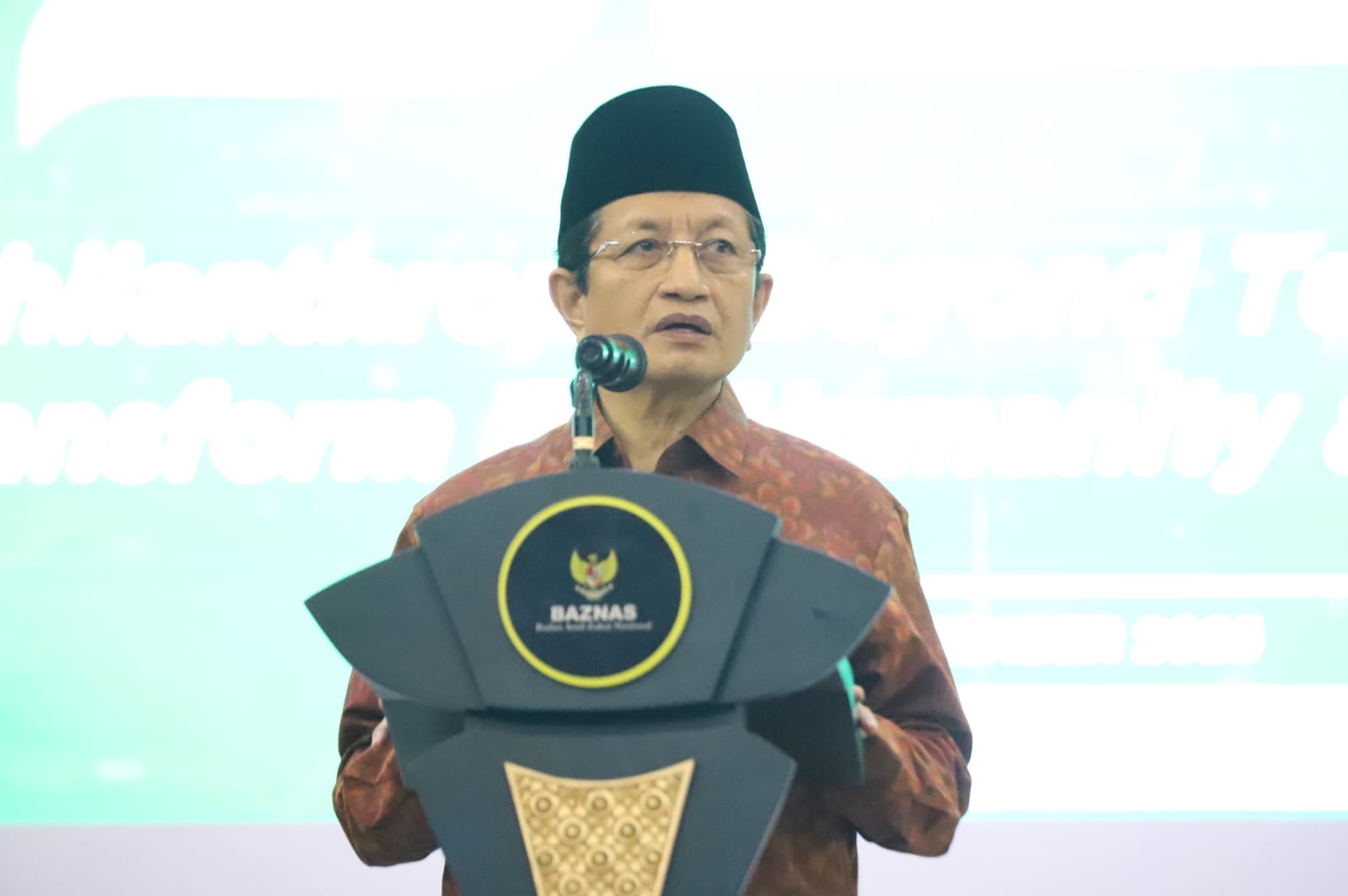Hajj1441 – 60,000 personnel serve pilgrims from 160 countries

Jakarta (Indonesia Window) – The governor of Makkah and adviser to the Custodian of the Two Holy Mosques, Prince Khaled Al-Faisal, said as many as 60,000 security personnel had been deployed to serve hajj pilgrims this year.
Foreigners who take 70 percent of 10,000 pilgrims this year come from 160 countries, while 30 percent are Saudi health workers and security personnel who have recovered from the COVID-19, Prince Khaled said in an interview with the MBC channel on Thursday (July 30) as reported by the Saudi Gazette.
The governor of Makkah said health quarantine facilities were prepared at the holy sites to anticipate the COVID-19 cases among the pilgrims.
The clinical capacity of the hospitals in Makkah and the holy sites accounts for 3,000 beds with 15,000 health practitioners, he added.
The electricity capacity of the Grand Mosque and the holy sites during the hajj season amounts to more than 180 megawatts, while more than 1.2 million cubic meters of water will be pumped to Makkah and the holy sites during the hajj period, the governor noted.
According to Prince Khaled, the first ten-year plan for the Makkah region has seen the completion of its projects successfully and the second plan was adopted with the same approach.
“The Makkah Region Development Authority (MRDA) has implemented several projects, in cooperation with various agencies, at the holy sites,” he said.
Those projects include construction, expansion and shading of roads and pedestrian paths, construction of about 2,500 toilets, new residential areas to accommodate 40,000 pilgrims, as well as development of reception and welcoming centers located at the entrances to the holy capital.
The governor said the MRDA is currently working on developing a number of centers located on Al-Haramain Road (Makkah-Jeddah), as the completion rate reached 87 percent.
Those centers contribute to improving the aesthetic image of the entrances to Makkah, and accelerate the entry procedures of pilgrims in a period not exceeding seven minutes.
The authority’s projects also include expansion of Jamarat Complex (a site where pilgrims perform throwing stones during the hajj pilgrimage) from the current five floors to 12 floors to accommodate five million pilgrims in the future.
Other projects are the constructions of Mashair Train and Haramain Train, as well as King Abdulaziz International Airport project in Jeddah, which is expected to accommodate 80 million passengers annually in the future.
The authority also works on the construction of the Taif International Airport; the expansion of the Grand Mosque, including the mataf (an area for tawaf) and mas’a (an area for sa’i); and the hajj and umrah airport development project, which comes within the Faisaliah project.
Reporting by Indonesia Window

.jpg)








